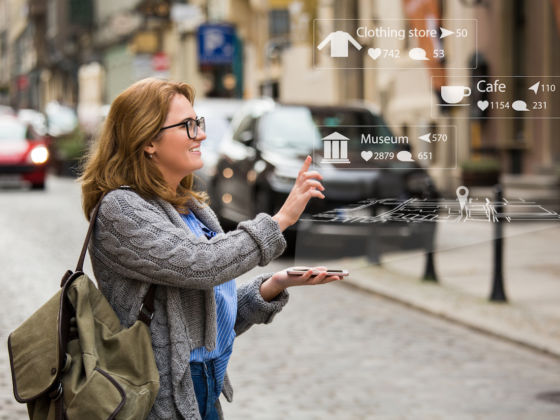Someday you’ll be able to walk on a plane using nothing but your face.
In that same era, you’ll be able to spend some time in your hotel room before you book it, immerse yourself in your destination while still on the plane, and jump in a tilt rotor drone for a business meeting 100 miles away. The year 2040 isn’t so far off, and all those things plus a slew of other cool stuff is waiting for us.
Or at least, so says noted futurologist Ray Hammond, who, in addition to writing 14 books on the future and getting a medal from Mikhail Gorbachev for his contributions, wrote a report for Allianz Partners on the future of travel. We read through the whole thing, and here are the highlights. Obviously, this is just speculation, and all statements should be taken with a grain of salt, but they do provide a pretty fun glimpse into what could be in the future if technology continues apace.


